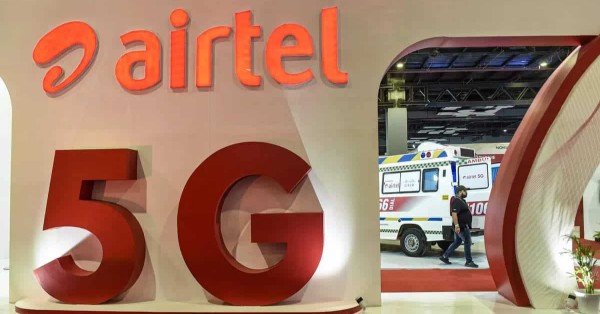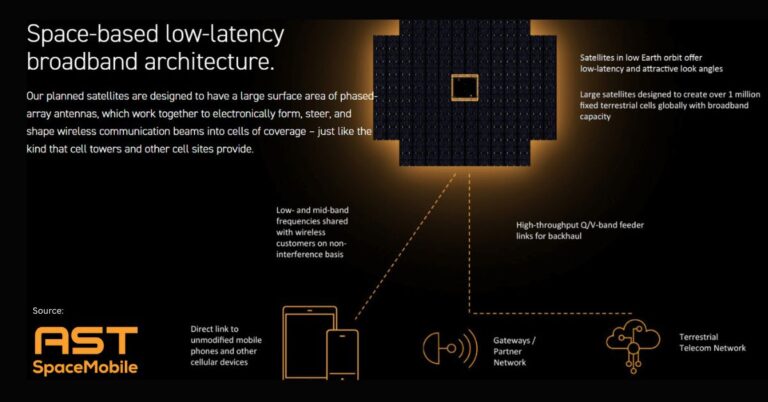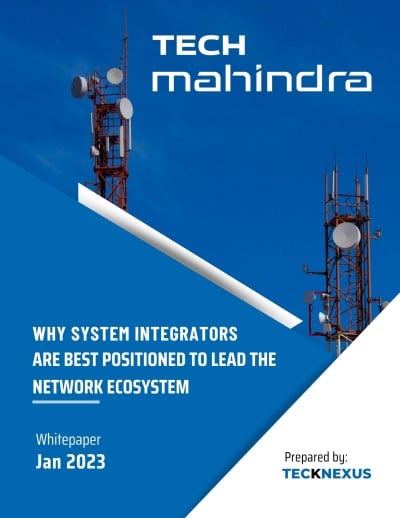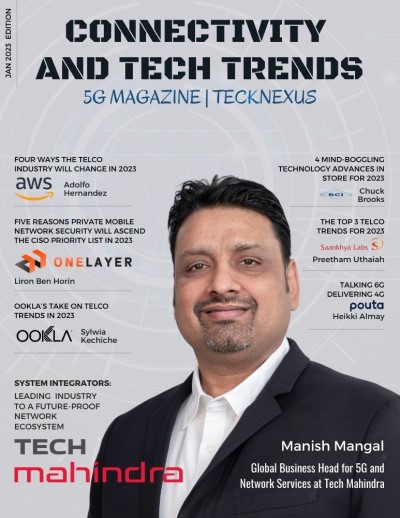- Tech News & Insight
- November 17, 2025
- Hema Kadia
S&P Global Ratings has upgraded Bharti Airtel on the back of stronger earnings quality, healthier free cash flow, and a clearer deleveraging path, signaling a maturing Indian mobile market. The action reflects rising confidence that India’s tariff repair is sticking after mid-2024 hikes, with average revenue per user moving up








































